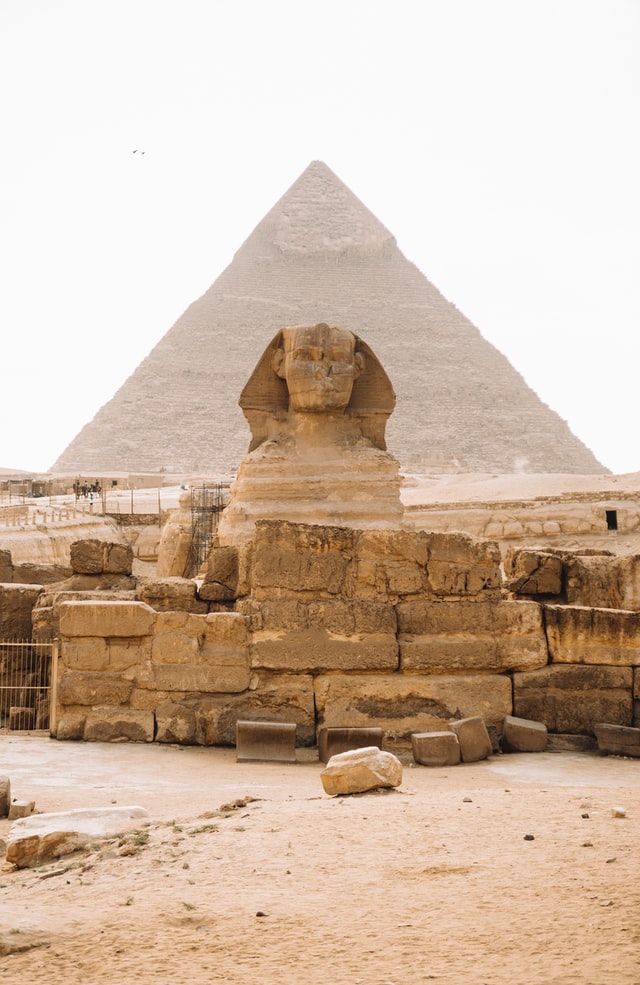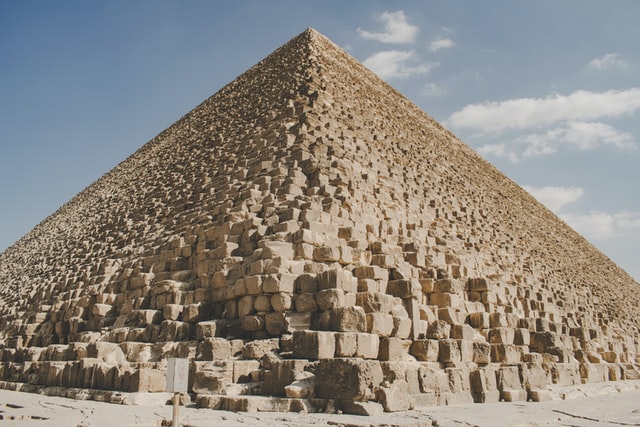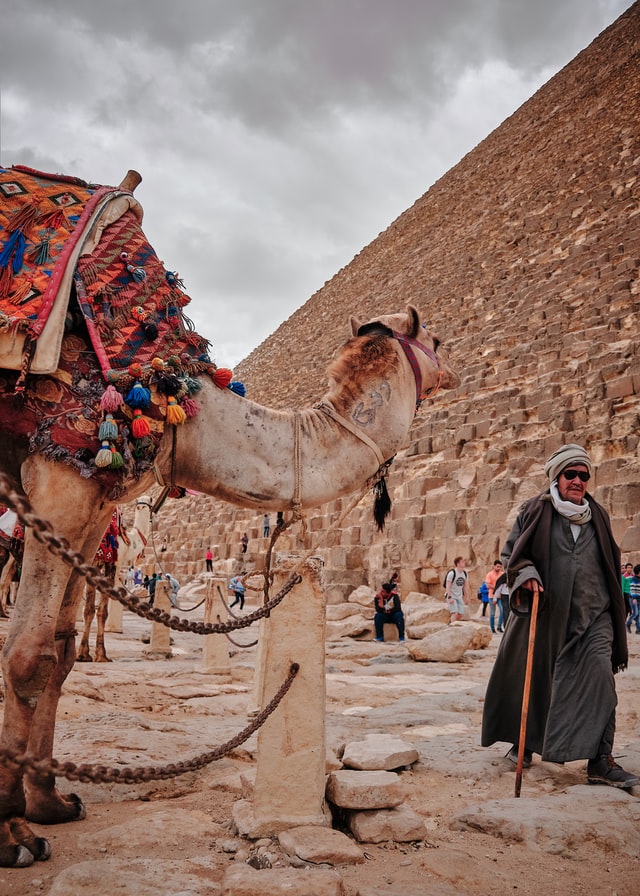The Great Pyramid of Giza: Facts on the Great Pyramid of Giza

Africa facts zone presents facts on the Great Pyramid of Giza, an fascinating human miracle.
The Great Pyramid is situated on the Giza level close to Cairo and was built within twenty-year time frame during the rule of the King Khufu (2589-2566 BCE) of the fourth Dynasty.
It is part of a complex of 3 enormous pyramids in the Giza Necropolis.
The Great Pyramid is the biggest of the three pyramids, and its contains additionally 3 little pyramids that were built for Khufu’s spouses.
The Great pyramid of Giza is the entombment site and last resting spot of Pharaoh Khufu, and was finished in 2560 BC. It remained at a level of 146.5 meters (481 feet).
The other pyramids close by the Great pyramid are the Pyramid of Khafre and the Pyramid of Menkaure.
Also Read: Facts About River Nile in Egypt’ The Longest River In The World
The History of the Great Pyramid of Giza
One of current realities on the Great Pyramid of Giza is the extraordinary design feet the antiquated Egyptians had the option to accomplish in building the Great Pyramids.
With practically no innovative headways the old Egyptians had the option to fabricate a striking landmark that is one of the main standing seven(7) wonders of the world today.
Also Read: What is the 7 Wonders of the World

Facts on the Great Pyramid of Giza: Exterior
From the outside, the Great Pyramid out-layer is produced using an expected 2.3 million blocks of limestone.
For the inside, bigger rock stones were utilized; these were shipped from Aswan, which is 800 kilometers (497 miles) away.
The Giza Complex lies west of the Nile River in a part of the Sahara known as the Western Desert.
The Nile was accustomed to acquiring materials and labor supplies from across Egypt.
A portion of the external stones was released by a earthquake in 1356 and were utilized to fabricate mosques in Cairo.
Many people accepted that slaves were utilized in building the pyramids.
However, later disclosures of laborers’ camps have prompted speculations that skilled specialists were utilized for the development.
One of the facts on the Great Pyramid of Giza suggests that the gigantic stones were moved into place.
However, different specialists believe that raw materials were either hauled or even lifted into the construction.
Also Read: The Great Sphinx Giza, Egypt: One of the World’s Largest Monuments:
The Great Pyramid, the biggest of the three, was built by the pharaoh Khufu.
It rises to a level of 146 meters (481 feet) with a base length of in excess of 230 meters (750 feet) per side.
The best difference in length among the four sides is a simple 4.4 cm (1 ¾ inch).
The base is level inside 2.1 cm (under an inch), a surprising design achievement.
Facts on the Great Pyramid of Giza: Interior
The inside chambers and paths of Khufu’s pyramid are remarkable and incorporate various puzzling highlights.
There is an incomplete underground chamber whose capability is secretive as well as various purported ‘ventilation ducts’ that emanate out from the upper chambers.
These place as of late been investigated utilizing little robots, yet a progression of obstructing stones have darkened the sections.
While entering the pyramid, one needs to crawl up a confined climbing chamber that opens out of nowhere into a staggering Grand Gallery.
This entry takes off to a heightof 8.74 m (26 feet).
It paves the way to the King’s Chamber, which is built completely from red rock brought from the southern quarries at Aswan.
Over the King’s Chamber are five stress-relieving chambers built with monstrous blocks.
They are finished off with colossal cantilevered blocks framing a confined rooftop to disperse the heaviness of the heap of brick work above it.
The ruler’s stone casket, likewise cut from red rock, sits void at the specific focal pivot of the pyramid.
This entombment/burial chamber was fixed with a progression of gigantic rock blocks.
The entry to the shaft was loaded up with limestone with the end goal to darken the opening.
Also Read: How the Pyramids of Egypt were Built
Facts on the Great Pyramid of Giza: Entering the Pyramids

You can purchase a ticket to enter any or each of the pyramids in Giza.
There is an overall confirmation charge to enter the grounds around the pyramids.
Then ensuing extra charges for every one of the pyramids.
The best tip is to go for one of the organized visits.
This will deal with the booking side of things and leave you allowed to investigate at your own relaxation.
Reference: ancient.eu, khanacademy & theculturetrip





